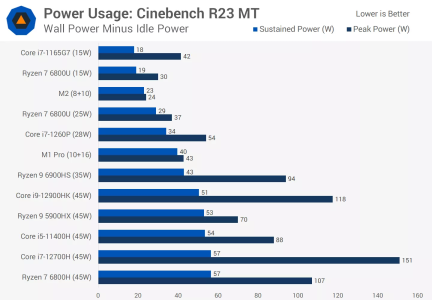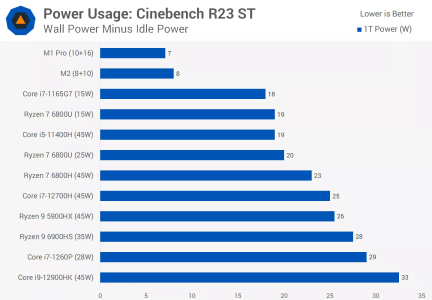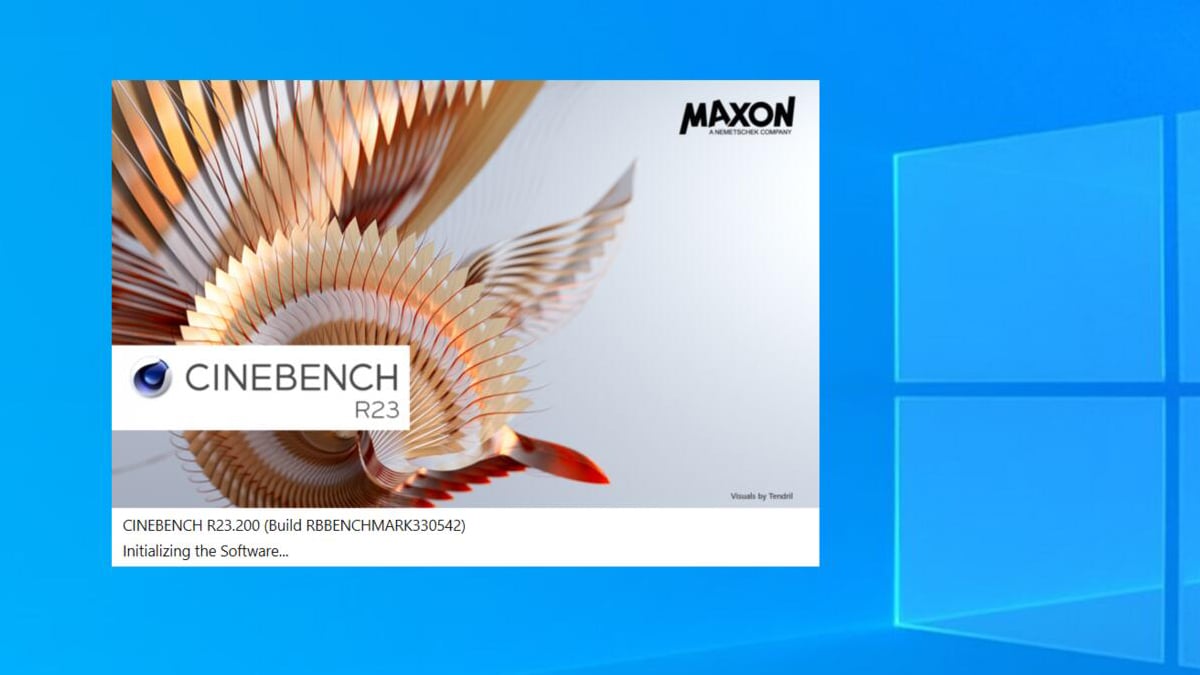To be fair, Oryon only has a rough timeline of late Q2 / early Q3 ("mid-year 2024"). Arm v Qualcomm's trial won't start until September 202
4, so perhaps just after Qualcomm's intended timeline.
The lawsuit is still heavily ongoing; you can follow along here:
Docket for Arm Ltd. v. Qualcomm Inc., 1:22-cv-01146 — Brought to you by Free Law Project, a non-profit dedicated to creating high quality open legal information.

www.courtlistener.com
Interesting tidbit #1: AMD, Apple, Ampere, MediaTek, TSMC, NVIDIA, Cadence, Google, Synopsys, Intel, Cadence etc. are
all involved in the trial now. Lots of people giving depositions / receiving subpoenas to testify in Court.
Interesting tidbit #2: So far with discovery & depositions, the judge is mostly siding with Arm and against Qualcomm.
- ALAs from Arm: Judge says Qualcomm's motion is partly granted, partly denied. Can't see the details.
- Qualcomm tried to get a deposition from Masayoshi Son. Judge rules against Qualcomm here.
- Qualcomm wanted discovery of Arm's IPO. Judge rules against Qualcomm here.
- Qualcomm wanted docs from Antonio Viana at Arm. Judge rules against Qualcomm here.
- Qualcomm wanted Apple's & Ampere's specific ALAs. Judge rules against Qualcomm here.
The last update is October 25, so literally yesterday haha.









